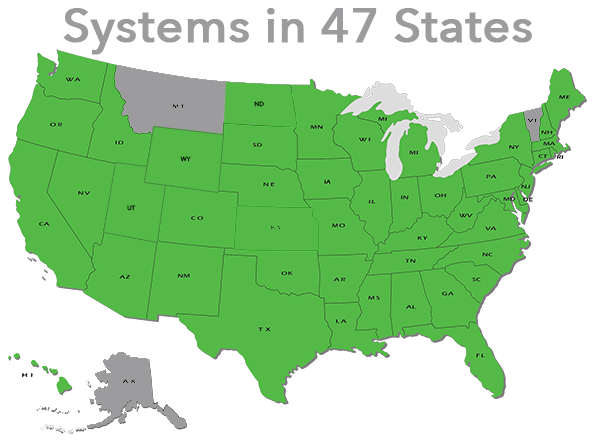Improving Home Efficiency and Comfort Right After a Move
My family moved into a new home a few months ago, and as the seasons have changed, we've been learning a great deal about how to stay comfortable in our new environment. I've been working on Energy Saver for a long time, and I thought I knew all the ins-and-outs of keeping our home comfortable while saving money and energy. What I've learned, though, is that I knew what to do in our old house, but different homes require different considerations—especially when it comes to preparing for cold winter weather. It can be difficult to make permanent changes immediately after a move, but we've found that small steps improve comfort while we learn about and prioritize our larger needs.
While our new home is about the same size as our old one, the layout and characteristics are very different. Our previous house was a simple ranch home, was relatively new (about nine years old), and had a single tree in the yard. Our new house has multiple levels, high ceilings, and weird angles everywhere; is over twenty years old; and has about 25 trees of varying sizes in the yard.
All of those trees were heaven during the hot, waning days of summer after we first moved in. We knew, however, that there would be more work involved once fall came. In addition to the raking (and raking, and raking…), we had to clean out our gutters to prevent ice dams and water leaks once the snow falls. The multiple levels and steep roof made this a challenge, and one of our spring projects will be gutter guards to prevent the debris from building up in the first place, hopefully making this job a little less cumbersome and dangerous.
The next big lessons we learned about keeping our house comfortable came during an early cold snap in November.
First, our older wood windows just don't keep out the cold as well as we'd hoped. While there are a few efficiency steps we plan to take (most notably detecting air leaks and sealing them), our biggest lifesaver has been the heavy draperies left by the previous homeowner. While they aren't quite to our taste aesthetically, they are incredibly effective at keeping out the cold. These draperies consist of multiple heavy layers of tightly woven fabric, with a bottom layer of heavy plastic panels that fit together with magnets. We'll eventually replace the fabric drapes to match our décor, but we'll definitely keep the plastic bottom layer. The heavy layers help keep the room comfortable, even when someone is sitting next to the large windows.
Maybe one day we'll replace the windows with more efficient ones, but for now we'll use draperies and maybe even storm windows to keep things comfortable. We also plan to install a storm door next year.
Next, we really felt the effects of warm air rising—notably, out of our main living areas and up toward the high ceilings. A quick adjustment of our ceiling fans to rotate clockwise to push the warm air back into the rooms did the trick.
Finally, we're learning how to adjust our habits. Our new house has no carpet anywhere. While we do have area rugs in some spaces, the hard floors throughout the house can make it seem colder—which makes it tempting to crank up the heat. Instead, we've invested in comfortable slippers and cozy sweatshirts for everyone. We also keep warm blankets out in the living areas, making them easy to grab when we're relaxing at home.
We are just settling in and getting to know our new home; understanding the different challenges in this home has already been an eye-opening experience--one that will be ongoing over the next year or two as the seasons change. It's not always easy to make large changes right after moving into a home, but small ones can immediately improve comfort while you assess your needs. We'll likely invest in a professional home energy audit to help identify our remaining efficiency issues, but we're already well on our way to greater comfort and savings.
























